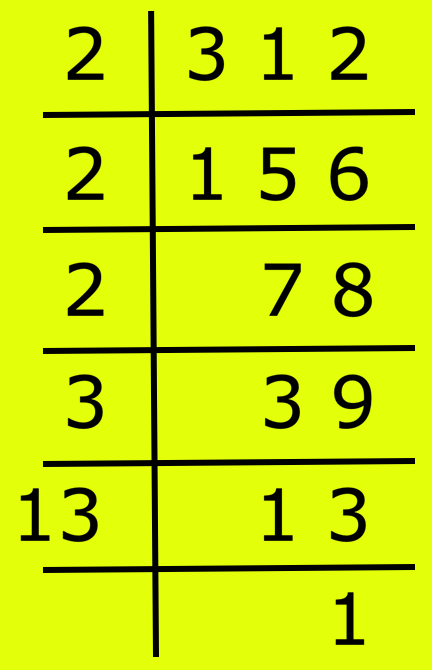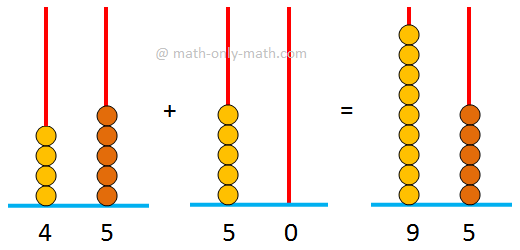Multiplication of Integers
In multiplication of integers, we use the following rules:
Rule 1
The product of two integers of opposite signs is equal to the additive inverse of the product of their absolute values.
Thus, to find the product of a positive and a negative integer, we find the product of their absolute values and assign minus sign to the product.
For example:
(i) 7 × (-6) = - (7 × 6) = -42
(ii) (-9) × 5 = - (9 × 5) = -45
(iii) 3 × (-9) = - (3 × 9) = -27
(iv) (-4) × 5 = - (4 × 5) = -20
Rule 2
The product of two integers with like signs is equal to the product of their absolute values.
(i) The product of two positive integers is positive.
In this, we take the product of the numerical values of the multiplier and multiplicand.
For example; (+ 7) × (+ 3) = + 21
(ii) The product of two negative integers is positive.
In this, we take the product of the numerical values of multiples and multiplicands and assign (+) sign to the product obtained.
For example: (- 7) × (- 3) = + 21
Thus to find the product of two integers, either both are positive or negative, we find the product of their absolute values.
For example:
(i) 7 × 11 = 77
(ii) (-9) × (-12) = 9 × 12 = 108
(iii) 5 × 12 = 60
(iv) (-9) × (-13) = 9 × 13 = 117
In this order the rules are used in multiplication of integers.
● Numbers - Integers
Properties of Multiplication of Integers
Examples on Multiplication of Integers
Properties of Division of Integers
Examples on Division of Integers
Examples on Fundamental Operations
● Numbers - Worksheets
Worksheet on Multiplication of Integers
Worksheet on Division of Integers
Worksheet on Fundamental Operation
From Multiplication of Integers to HOME PAGE
Didn't find what you were looking for? Or want to know more information about Math Only Math. Use this Google Search to find what you need.
Recent Articles
-
5th Grade Factors and Multiples | Definitions | Solved Examples | Math
Mar 23, 25 02:39 PM
Here we will discuss how factors and multiples are related to each other in math. A factor of a number is a divisor which divides the dividend exactly. A factor of a number which is a prime number is… -
Adding 2-Digit Numbers | Add Two Two-Digit Numbers without Carrying
Mar 23, 25 12:43 PM
Here we will learn adding 2-digit numbers without regrouping and start working with easy numbers to get acquainted with the addition of two numbers. -
Worksheet on 12 Times Table | Printable Multiplication Table | Video
Mar 23, 25 10:28 AM
Worksheet on 12 times table can be printed out. Homeschoolers can also use these multiplication table sheets to practice at home. -
Vertical Subtraction | Examples | Word Problems| Video |Column Method
Mar 22, 25 05:20 PM
Vertical subtraction of 1-digit number are done by arranging the numbers column wise i.e., one number under the other number. How to subtract 1-digit number vertically? -
Worksheet on 11 Times Table | Printable Multiplication Table | Video
Mar 22, 25 05:08 PM
Worksheet on 11 times table can be printed out. Homeschoolers can also use these multiplication table sheets to practice at home.






New! Comments
Have your say about what you just read! Leave me a comment in the box below. Ask a Question or Answer a Question.